Let's talk about the means of production.
Because the question I get asked most often these days isn't about strategy or frameworks or the future of marketing. It's simpler: “OK, this AI thing is interesting, but what do you actually use?” Which models. Which tools. What does really work?
So in lieu of big news today, let's see where we are in November 2025 when it comes to AI models for creative writing. Ads copy, press release, website copy, short form, long form, the whole package.
What doesn’t work
Yes, ChatGPT is the most popular AI model in the world. Hundreds of millions of people use it for recipes, travel planning, homework help, and casual brainstorming. It has become the default gateway to AI.
However, ChatGPT-5 is genuinely terrible at creative copywriting. The previous models—4o and especially the briefly available 4.5—were capable writers. But somewhere in the jump to ChatGPT-5, something broke. I'm not exaggerating for effect here. I banned it from my team because the output just isn't good enough to build on.
And what should you use instead
While there's no single perfect model for creative work, Claude Sonnet 4.5 comes closest to being truly well-rounded. The one thing it does better than anything else is following style. If you have a tone of voice database—and if you don't, start building one today—Claude can write in your voice with incredible accuracy. First draft, publication-ready. Feels like magic. It happened more than a few times that I was clapping at my desk reading the output.
That said, there are two other models I reach for regularly, each exceptional at something specific.
Gemini 2.5 Pro is unmatched at working with long documents. Throw 2,000 pages at it and it will find connections, synthesize story arcs, and surface patterns that would take you days to identify manually. Claude has a more limited context window, so for heavy research synthesis, Gemini wins. You can also use Gemini to write copy, though the results tend to read like every B2B press release you've ever skimmed—competent, forgettable, and risk-averse. I sometimes use Gemini for complicated first drafts when the input is overwhelming, then run that output through Claude to make it actually readable.
And there is Kimi, The Model That Doesn't Sound Like The Others. You know what I'm talking about. The "delve into"s, the "but here's the kicker"s, the sentence structures we've all learned to recognize as AI-written. (I refuse to surrender the em-dash to this association. I've been using em-dashes since high school and I'm not stopping now.)
If Claude is your superstar creative generalist and Gemini is your risk-averse corporate communications lead with a knack for research, Kimi is the junior copywriter you hired on the spot after seeing them perform at a slam poetry event.
Kimi is different. Most people don't use it daily, but those who know, know. The technical reasons are complicated, but the practical result is straightforward: Kimi doesn't sound like AI. It has range, personality, and produces copy that feels written by a human rather than generated by a model trained on the median of the internet.
The downside is that Kimi, like all good slam poets, is often high as a kite. It hallucinates constantly and loses focus after a page or two. But for short-form work—headlines, taglines, hooks, punchy opening paragraphs—nothing else comes close. Kimi has taste. Use it when you're stuck, when everything sounds too safe, when you need copy that doesn't read like copy.
And just yesterday, Kimi announced K2 Thinking, a new model that theoretically fixes the attention and hallucination issues. The benchmarks look strong—outperforming GPT-5 and Claude on reasoning tasks, fully open-source. I'm testing it over the next couple of weeks, and if it delivers even half of what it promises, it might become the first model that combines Kimi's distinctive voice with actual reliability.
I don't think you need more than these three. ChatGPT-5 is out. Grok isn’t anywhere close. The other major Chinese models haven't impressed me. (Possible exception: z.ai's GLM if you're writing in Chinese, where it's legitimately excellent.)
So what should you do with this list? Test it yourself.
Your mileage will vary depending on what you're writing and how you're prompting. This is obviously subjective and opinionated, but it's based on working with these tools every single day, professionally, for creative output that has to actually perform. These are the models I trust with real work, not the ones that look impressive in demos. Start here, and adjust based on what you learn.
— Torsten & Peter
Today’s sponsor
Want to get the most out of ChatGPT?
ChatGPT is a superpower if you know how to use it correctly.
Discover how HubSpot's guide to AI can elevate both your productivity and creativity to get more things done.
Learn to automate tasks, enhance decision-making, and foster innovation with the power of AI.
Free Workshop Replay: How to Use AI for Market Research
You need competitive intelligence, customer insights, and tactical execution data. But traditional research is too slow and expensive. So you're making decisions based on incomplete information or surface-level Google searches.
This workshop demonstrates the DIG Method—the exact system Torsten's team at Appen uses daily to turn AI into their market research department. Discovery for landscape analysis, Investigation for deep psychological insights, Groundwork for tactical execution. Research that normally takes two days, done in 17 minutes.
Live demo included. Real case study (launching a sustainable fashion brand for Gen Z). Exact prompts for Gemini, ChatGPT, and Claude. Complete synthesis showing how to connect isolated insights into strategic intelligence.
Recorded November 2025. This is a replay from our Pro members-only series—Pro members get weekly live sessions with Q&A and implementation support.
» Watch now: Expert ways to do market research with AI
» Get full access with Pro: https://aireadycmo.com/upgrade






